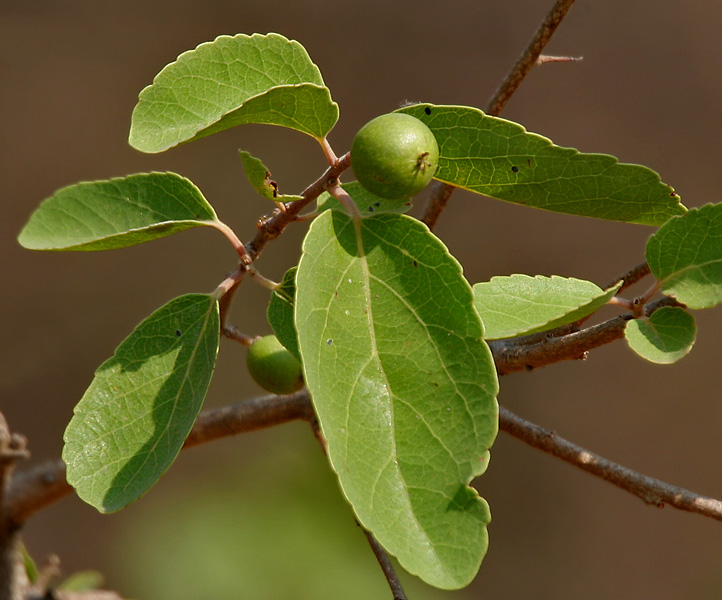|
Ryania
''Ryania'' is a genus of flowering plants in the family Salicaceae; it was previously listed in the now defunct family Flacourtiaceae. The genus is significant partly because the ryanoid insecticides are derived from, and have the same mode of action as the alkaloid ryanodine, which was originally extracted from ''Ryania speciosa''. The Catalogue of Life includes these species: * ''Ryania angustifolia'' * ''Ryania canescens'' * ''Ryania dentata'' * ''Ryania mansoana'' * ''Ryania pyrifera'' * ''Ryania riedeliana'' * ''Ryania sauricida'' * ''Ryania speciosa ''Ryania speciosa'' is a species of plant in the family Salicaceae. The species is significant partly because the ryanoid insecticides are derived from, and have the same mode of action as the alkaloid ryanodine, which was originally extracted ...'' * '' Ryania spruceana'' References External links * * {{Authority control Salicaceae Salicaceae genera ... [...More Info...] [...Related Items...] OR: [Wikipedia] [Google] [Baidu] |
Ryania Angustifolia
''Ryania'' is a genus of flowering plants in the family Salicaceae; it was previously listed in the now defunct family Flacourtiaceae. The genus is significant partly because the ryanoid insecticides are derived from, and have the same mode of action as the alkaloid ryanodine, which was originally extracted from ''Ryania speciosa''. The Catalogue of Life includes these species: * '' Ryania angustifolia'' * ''Ryania canescens'' * ''Ryania dentata'' * ''Ryania mansoana'' * ''Ryania pyrifera'' * ''Ryania riedeliana'' * ''Ryania sauricida'' * ''Ryania speciosa'' * ''Ryania spruceana ''Ryania'' is a genus of flowering plants in the family Salicaceae; it was previously listed in the now defunct family Flacourtiaceae. The genus is significant partly because the ryanoid insecticides are derived from, and have the same mode o ...'' References External links * * {{Authority control Salicaceae Salicaceae genera ... [...More Info...] [...Related Items...] OR: [Wikipedia] [Google] [Baidu] |
Ryania Speciosa
''Ryania speciosa'' is a species of plant in the family Salicaceae. The species is significant partly because the ryanoid insecticides are derived from, and have the same mode of action as the alkaloid ryanodine, which was originally extracted from this South American plant, which is also used as a piscicide. Varieties The Catalogue of Life lists these varieties: * ''R. s.'' var. ''bicolor'' * ''R. s.'' var. ''chocoensis'' * ''R. s.'' var. ''minor'' * ''R. s.'' var. ''mutisii'' (extinct) * ''R. s.'' var. ''panamensis'' * ''R. s.'' var. ''stipularis'' * ''R. s.'' var. ''subuliflora'' * ''R. s.'' var. ''tomentella'' * ''R. s.'' var. ''tomentosa'' References M. Vahl, 1797 ''In: Eclog. Am. 1: 51, t. 9 (1796) 797 __NOTOC__ Year 797 (Roman numerals, DCCXCVII) was a common year starting on Sunday (link will display the full calendar) of the Julian calendar. The denomination 797 for this year has been used since the early medieval period, when the Anno Dom ... ... [...More Info...] [...Related Items...] OR: [Wikipedia] [Google] [Baidu] |
Ryanoid
Ryanoids are a class of insecticides which share the same mechanism of action as the alkaloid ryanodine. Ryanodine is a naturally occurring insecticide isolated from '' Ryania speciosa''. Ryanoids include natural chemicals which are closely related to ryanodine, such as ryanodol and 9,21-didehydroryanodol, and also chemically distinct synthetic compounds such as chlorantraniliprole (Rynaxypyr), flubendiamide, cyantraniliprole, cyclaniliprole, and tetraniliprole, which are called diamide insecticides. Ryanoids exert their insecticidal effect by interacting with ryanodine receptors, a type of calcium channel A calcium channel is an ion channel which shows selective permeability to calcium ions. It is sometimes synonymous with voltage-gated calcium channel, although there are also ligand-gated calcium channels. Comparison tables The following tables .... This causes loss of muscle function leading to paralysis and death. References {{insecticides Insecticides ... [...More Info...] [...Related Items...] OR: [Wikipedia] [Google] [Baidu] |
Flacourtiaceae
The Flacourtiaceae is a defunct family of flowering plants whose former members have been scattered to various families, mostly to the Achariaceae and Salicaceae. It was so vaguely defined that hardly anything seemed out of place there and it became a dumping ground for odd and anomalous genera, gradually making the family even more heterogeneous. In 1975, Hermann Sleumer noted that "Flacourtiaceae as a family is a fiction; only the tribes are homogeneous." In Cronquist's classification, the Flacourtiaceae included 79–89 genera and 800–1000 species. Of these, many, including the type genus ''Flacourtia'', have now been transferred to the Salicaceae in the molecular phylogeny-based classification, known as the APG IV system, established by the Angiosperm Phylogeny Group. In the list below, the Salicaceae are circumscribed broadly. Some taxonomists further divide the Salicaceae '' sensu lato'' into three families: Salicaceae ''sensu stricto'', Scyphostegiaceae, and Samyd ... [...More Info...] [...Related Items...] OR: [Wikipedia] [Google] [Baidu] |
Salicaceae
The Salicaceae is the willow family of flowering plants. The traditional family (Salicaceae ''sensu stricto'') included the willows, poplar, aspen, and cottonwoods. Genetic studies summarized by the Angiosperm Phylogeny Group (APG) have greatly expanded the circumscription of the family to contain 56 genera and about 1220 species, including the Scyphostegiaceae and many of the former Flacourtiaceae. In the Cronquist system, the Salicaceae were assigned to their own order, Salicales, and contained three genera (''Salix'', ''Populus'', and '' Chosenia''). Recognized to be closely related to the Violaceae and Passifloraceae, the family is placed by the APG in the order Malpighiales. Under the new circumscription, all members of the family are trees or shrubs that have simple leaves with alternate arrangement and temperate members are usually deciduous. Most members have serrate or dentate leaf margins, and those that have such toothed margins all exhibit salicoid teeth; a sali ... [...More Info...] [...Related Items...] OR: [Wikipedia] [Google] [Baidu] |

